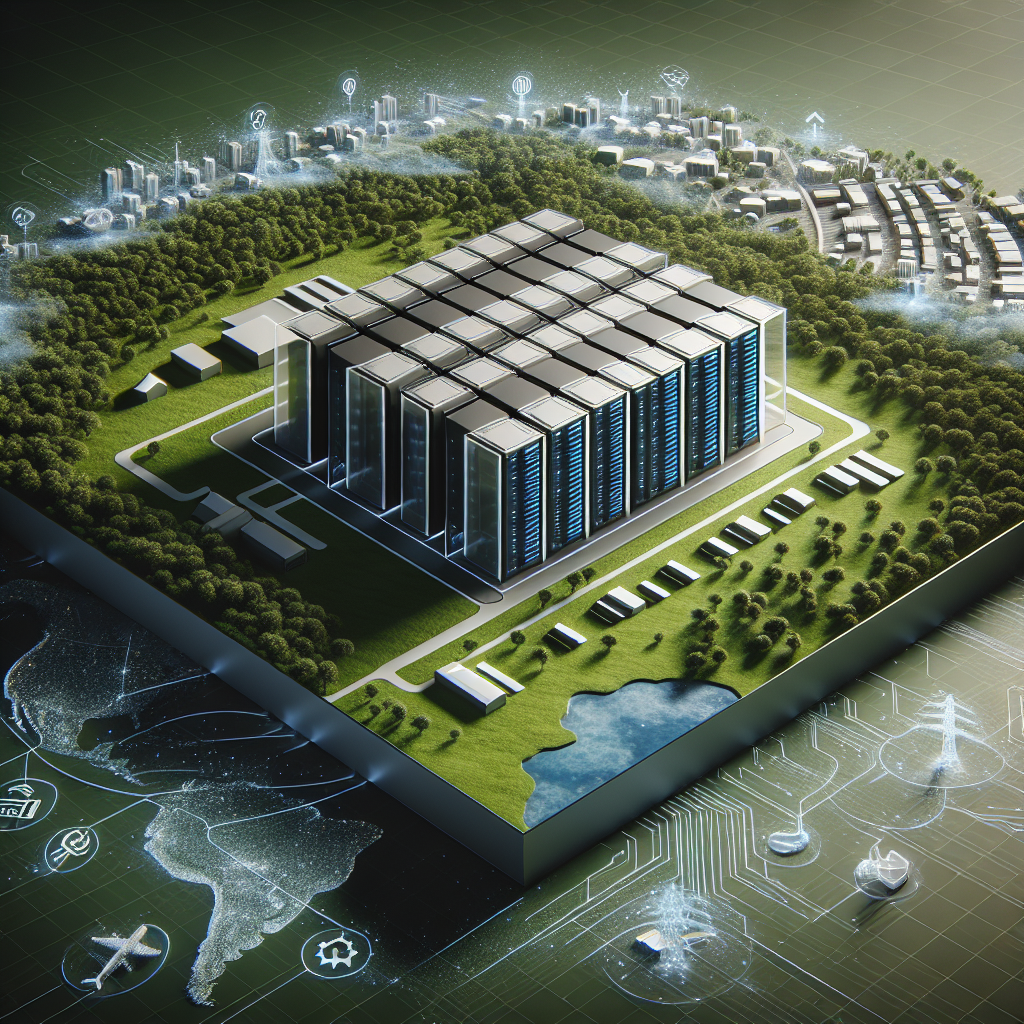In today’s digital age, data centers play a crucial role in storing, processing, and managing vast amounts of information. However, the environmental impact of these facilities is often overlooked. As the demand for data storage continues to grow, it is important to assess and address the environmental footprint of data centers.
One way to measure the impact of data centers is through the calculation of their carbon footprint. This includes assessing the amount of energy consumed by the facility, as well as the emissions generated in the process. Data centers are notorious for their high energy consumption, with some facilities consuming as much electricity as a small town. This energy consumption not only contributes to greenhouse gas emissions but also puts a strain on local power grids.
In addition to energy consumption, water usage is another important factor to consider when assessing the environmental footprint of data centers. Data centers require large amounts of water for cooling purposes, and the extraction and treatment of this water can have significant environmental impacts. In regions facing water scarcity, the water usage of data centers can exacerbate existing challenges.
To address these issues, data center operators are increasingly turning to sustainable practices and technologies. This includes the use of energy-efficient hardware, such as servers and cooling systems, as well as the implementation of renewable energy sources, such as solar or wind power. Many data centers are also investing in water recycling and conservation measures to reduce their water usage.
Furthermore, industry standards and certifications, such as LEED (Leadership in Energy and Environmental Design) and Energy Star, are being used to assess and improve the sustainability of data centers. These certifications help data center operators track their environmental performance and identify areas for improvement.
Ultimately, measuring the environmental footprint of data centers is essential for reducing their impact on the planet. By implementing sustainable practices and technologies, data center operators can minimize their energy and water usage, reduce their carbon footprint, and contribute to a more environmentally friendly digital infrastructure. As the demand for data storage continues to grow, it is crucial that data centers prioritize sustainability and environmental stewardship in their operations.


Leave a Reply